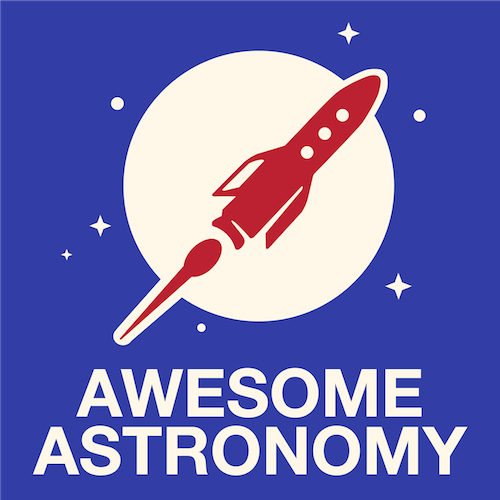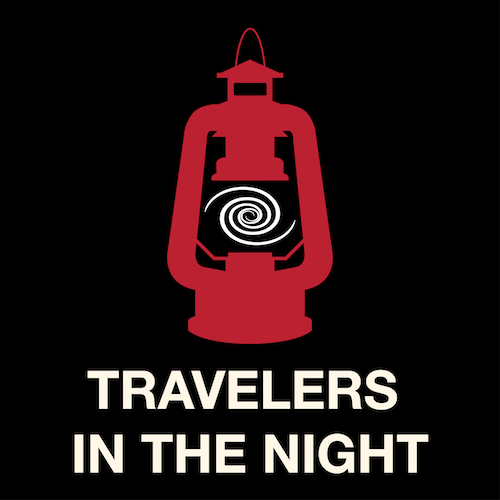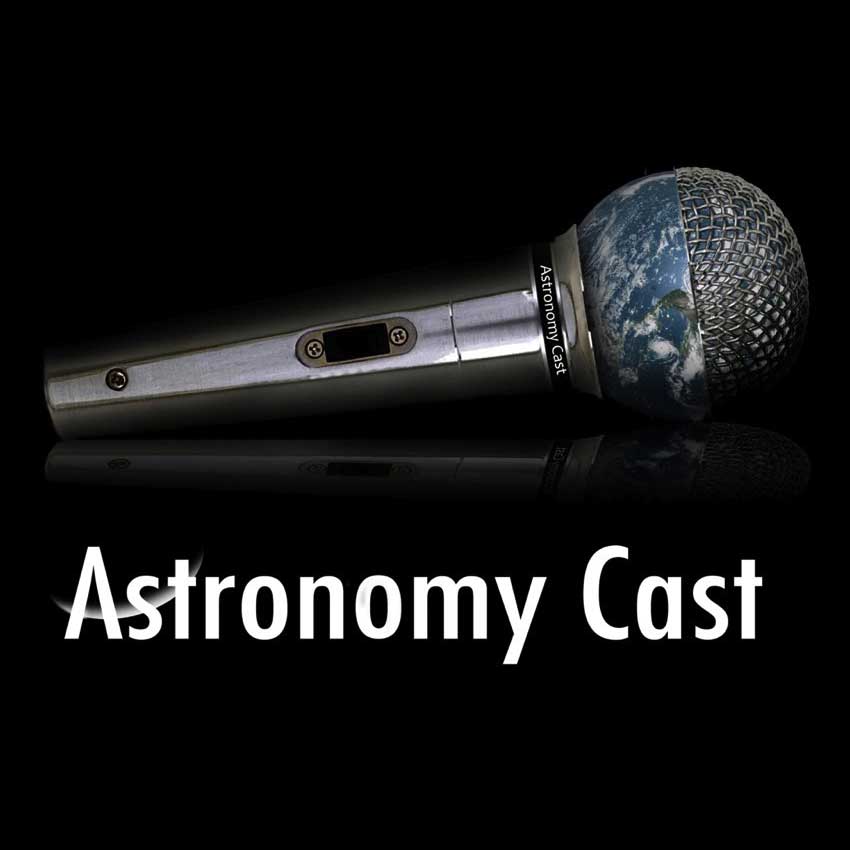Today Space Exploration Show with @AwesomeAstroPod will discuss about Lucy mission to Jupiter’s Trojan asteroids, JWST launch on December and many more. All at #365DaysOfAstro


Today Space Exploration Show with @AwesomeAstroPod will discuss about Lucy mission to Jupiter’s Trojan asteroids, JWST launch on December and many more. All at #365DaysOfAstro

The human thirst for knowledge about our mysterious next door neighbor. More about it at #365DaysOfAstro

So there are asteroids, and there are comets. But there’s an entirely separate class of objects called centaurs. More about it at #365DaysOfAstro

Today’s Travelers in the Night discuss about the damage caused by major solar outburst and the discovery of 2020 KT2 in the constellation of Boötes.

It’s time for October skyguide and news round-up session with @AwesomeAstroPod. Today we have mysterious case of missing supernova, volcanoes on Venus,and

Today Travelers in the Night will take us to the discovery of C/2020 H3 (Wierzchos) and 15 foot diameter 2020 JJ.

Using a simple model based on granular physics, like those used for modeling sand or sugar deposits, scientists have recreated the diamond shape of asteroids Ryugu and Bennu

International Asteroid Warning Network has been established to link scientists who are discovering, monitoring, and physically characterizing potentially dangerous asteroids.
Noctilucent Clouds exist at more than 50 miles above the Earth’s surface or about 4 times higher than the tops of the most intense tropical thunder storms.

Scott Shepperd normally studies objects in the distant solar system. But today he will tell the fascinating tale about the discovery of the fastest moving asteroid currently known

On August 13, 2021, astronomers made an amazing discovery. They found an asteroid that is closer to our Sun than any other space rock. More about it at #365DaysOfAstronomy